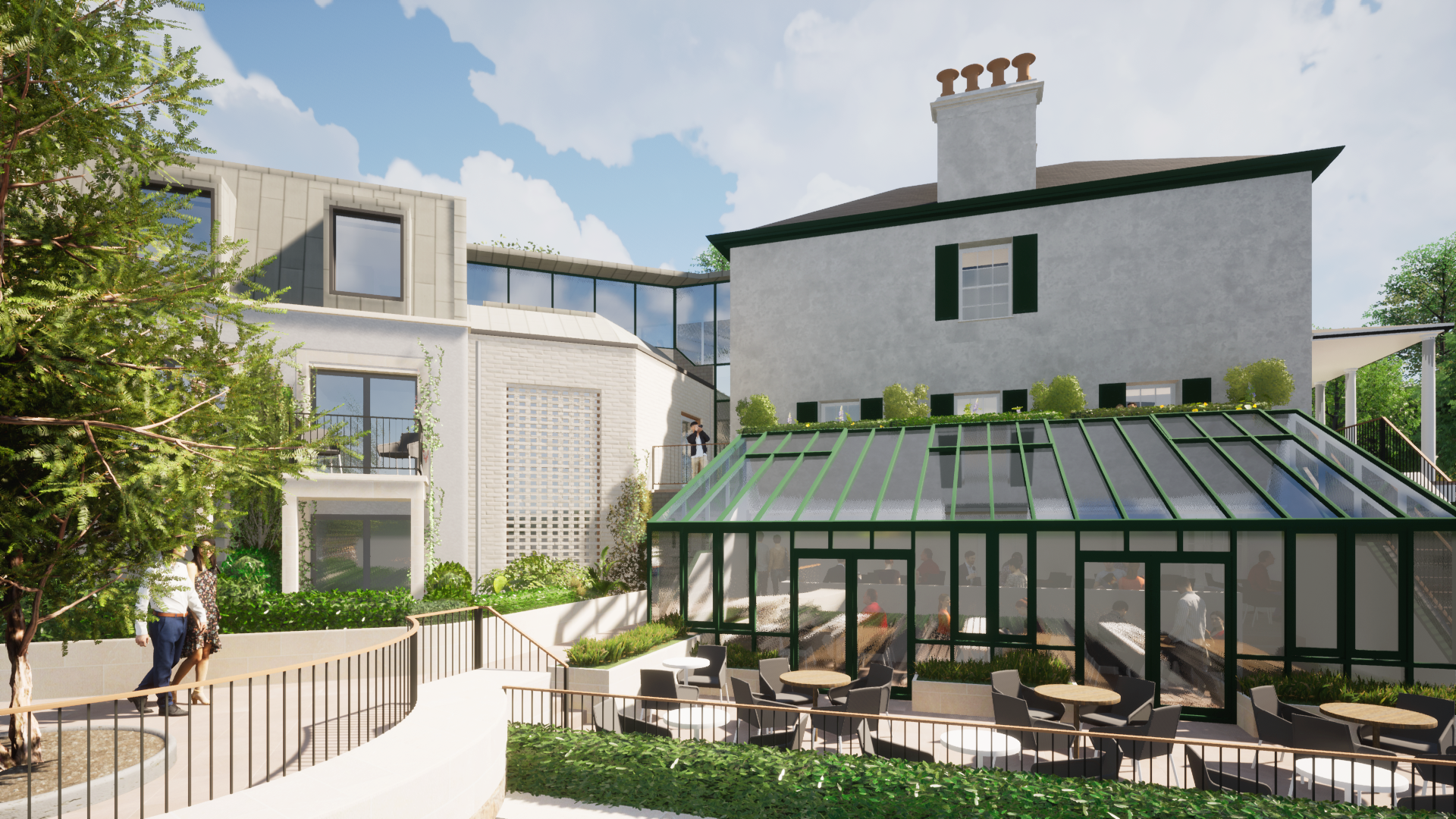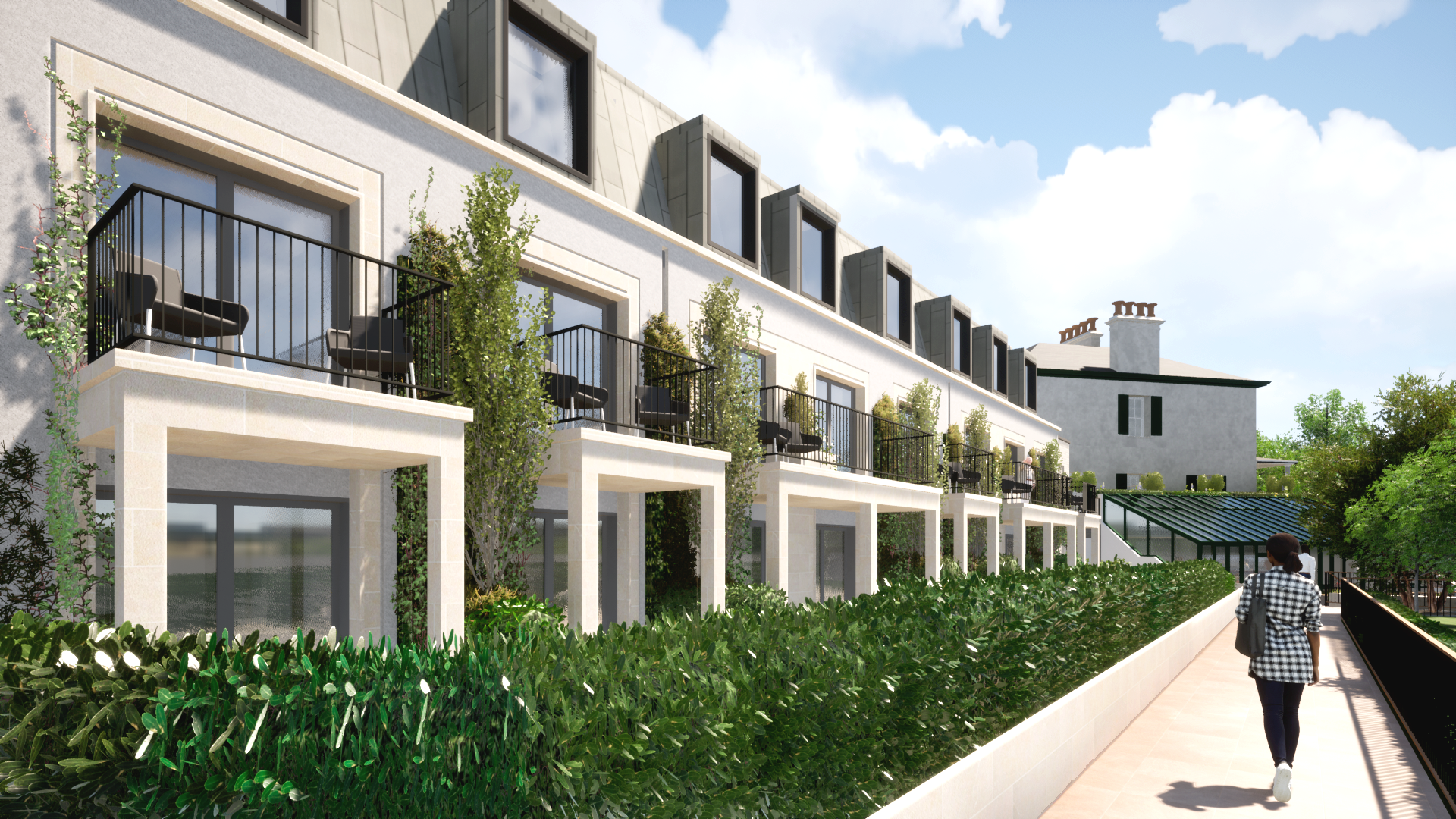On the Move: A Pioneering Jersey Hotel Development with Ultra-low Energy Ambitions
Doug Johnson is the Founder of Mesh Energy. In this article, he shares how having the right team, collaborating, and analysing data helped with the success of their proposal for a sustainable Jersey hotel development.
The past year has seen the construction industry navigate another year of ups and downs, and once again, sustainability and decarbonisation have been at the top of the agenda. The bombardment of media attention and government announcements have peaked this month with COP26, where mounting pressure has been placed on the need to restrict global warming levels to +1.5ºC above pre-industrial levels.
A whole raft of new and foreign terms like ‘Net Zero’, ‘Carbon Neutrality’, Embodied Carbon’, ‘Carbon Offsetting’, have become everyday soundbites. Whilst it is tempting to either bury your head and hope it will go away or become cynical as to the severity of the issue, some facts are undeniable. Like the fact that the built environment contributes around 40% of the UK’s carbon footprint. Or that global temperatures have already raised by 0.8ºC since 1990.
Of course, we must remain optimistic, and by focusing on our own projects it is easier to see the impact we can make. By better understanding the effect you can have on your carbon output, you may be surprised by the rapid progress that can be made to decarbonise your developments, increase stakeholder engagement, and find financial success on many levels.
This month, I thought I would share one of Mesh’s recent case studies, which highlights the power of putting together the right team at the right stage of a site’s conceptual development. And how you can use teamwork, collaboration and data analysis to supercharge a proposal’s chances of success.
With miles of beautiful beaches, stunning coastline and fantastic heritage, the Channel Island of Jersey has always been a popular destination. It’s set to become even more attractive, as tourists from the UK and the continent look for safe places to holiday that are still close to home. It’s the perfect time, then, to invest in a sympathetic hotel development, transforming a listed hotel into a five-star destination accommodation – and all with sustainability and community at its heart.
That was the ambition of Lance Trevellyan at CCA Galleries International, a Jersey-based business that bought the Millbrook House Hotel in St. Helier and was planning to invest £18m in this pioneering new build and listed building refurbishment project.
“There is a lack of dedicated eco-accommodation on the island, and the hotel will support consumer demand for sustainable visitor experiences. We expect Jersey to become a very popular destination on the post-pandemic tourism map, and travellers are becoming more determined to make sustainable travel choices.”
The goal was to provide much-needed tourist accommodation on the island, and to do it with sustainable building practices that are in line with the island’s commitment to being carbon neutral by 2030. Architects’ plans are for 39 bedrooms, seven self-catering units and six eco-pods. The hotel will also have a spa and wellness centre, a hothouse cookery school and restaurant, and good quality staff accommodation – the hotel should create at least 40 new jobs. In addition, the team would completely restore the heritage gardens.
To support these ambitions and give the proposal the greatest chance of success at the Design Review Panel, the sustainability credentials and holistic energy strategy had to be well understood and proven, alongside key heritage, ecology, landscape, and traffic planning proposals.
CCA Galleries International and Tim Skudder Architects needed another team member to help guide them in building sustainable energy practices into the design and refurbishment of the site. Having approached Mesh about the opportunity, early team building points were scored by the transparent approach of the client and architect who already had been commended for innovative sustainable design on Jersey in 2017 and needed further assistance in this area.
Mesh investigated various approaches to unify and assess the different building typologies, without overly burdening the projects with red tape and unnecessary costs. The RIBA 2030 Climate Challenge performance targets for operational energy use, water use and embodied carbon quickly became one of the most obvious choices. The RIBA 2030 climate challenge reduces energy usage and carbon levels to around 75% lower than today’s building standards and improves year-round thermal comfort too.
CCA Galleries International was keen to use the RIBA 2030 targets as a basis for moving forward and invested time and money to design a scheme that used these targets as committed sustainability goals for the development.
To model energy usage, embodied carbon and thermal comfort, Mesh’s design team embraced centralised building physics modelling, which gave an invaluable foundation to the conceptual and developed design phases. This was supplemented by RICS cost modelling data to accurately fine-tune the balance between energy savings, capital cost and building typology choices. This was the first time these tools had been used, giving us a new understanding of the power of 21st Century building design, cost and risk management.
Unbeknownst to the design team, the Jersey Design Review Panel included a member of the team that had created the RIBA 2030 Climate Challenge. As a result, the panel had increased confidence in the project and an appreciation for the evident sustainable forethought and commitment.
Mesh continued to work closely with the developers and architects, to iteratively review and refine the scheme with input into the site-wide energy strategy. In September 2021 the scheme was unanimously granted consent by the Jersey Planning Committee.
Shortly after the announcement Lance Trevellyan commented, “Mesh were instrumental in helping the design team and ourselves to determine the right low energy and holistic building design framework for us to best achieve our low carbon goals on the hotel site. Embodied carbon and cost modelling helped us to determine the most sustainable and economical way forward, and the holistic energy analysis undoubtedly helped the final planning permission to be granted.”
Projects of this nature are founded on getting the right design team together and respecting each other’s areas of expertise. Those projects that aren’t just focused on bare bones cost and embrace new ways of working are always a delight to work on, and as this case study shows, they often end in a strongly supported scheme which will be a low energy tourist hub to be proud of well into the future.
We look forward to seeing how the project develops as it starts construction in Summer 2022.
Visit www.mesh-energy.com for more information and to start a discussion about your next project.






